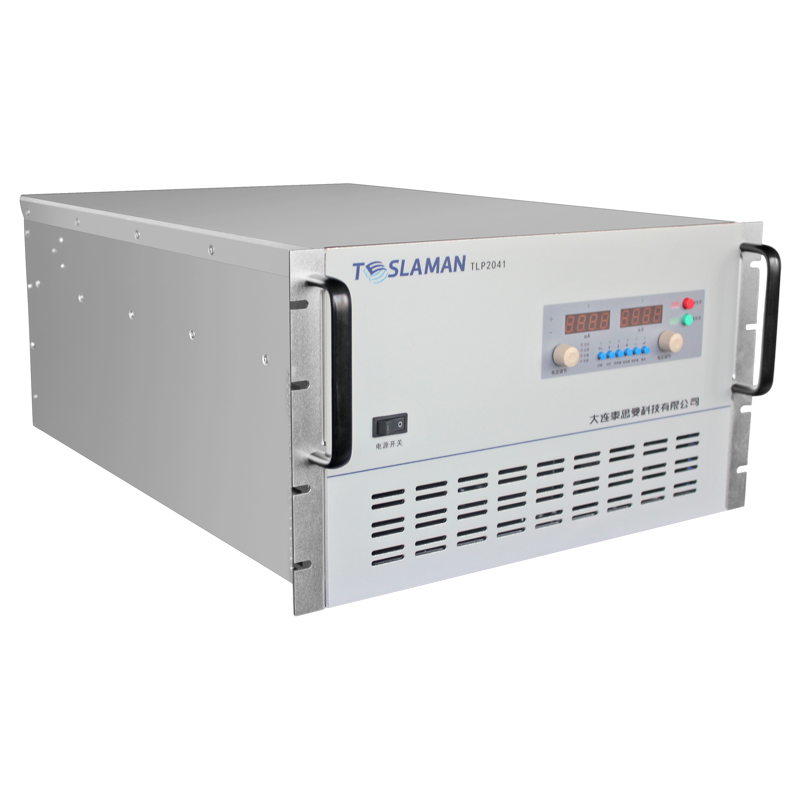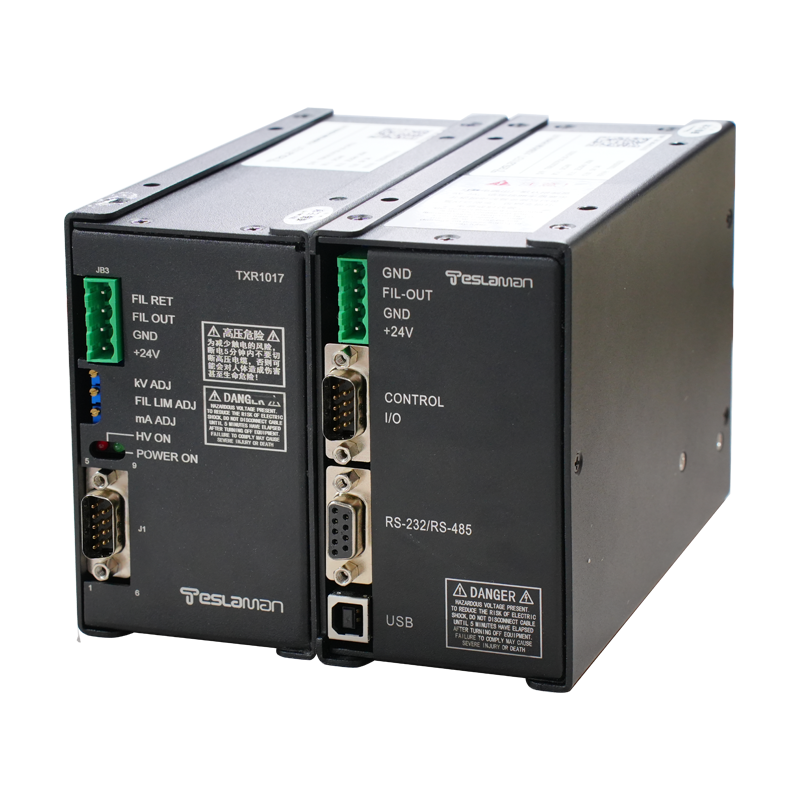The Key Role and Technical Challenges of High Voltage Pulsed Power Supplies in Radar System Testing
I. Introduction
With the advancement of technology, radar systems are playing an increasingly important role in various fields such as military, meteorology, aviation, and maritime. To ensure the stable operation and performance of radar systems, comprehensive testing is essential. In this process, high voltage pulsed power supplies, as a special type of power equipment, play a crucial role. This article will explore the key role of high voltage pulsed power supplies in radar system testing and the technical challenges they face from a professional perspective.
II. The Key Role of High Voltage Pulsed Power Supplies
1. Simulating Actual Operating Environments: In actual operation, radar systems often encounter various complex electromagnetic environments. By simulating these environments with high voltage pulsed power supplies, the anti-interference ability and stability of radar systems can be effectively tested.
2. Precise Control of Output Parameters: High voltage pulsed power supplies can precisely control output parameters such as voltage, current, and pulse width, thereby meeting the needs of different working conditions in radar system testing. This is of great significance for accurately evaluating the performance of radar systems.
3. Efficient Fault Diagnosis: During radar system testing, high voltage pulsed power supplies can serve as an important tool for fault diagnosis. Through monitoring and adjusting output parameters, potential problems in radar systems can be promptly discovered and resolved.
III. Technical Challenges
1. High Voltage and Large Current Output: To meet the needs of radar system testing, high voltage pulsed power supplies need to have high voltage and large current output capabilities. This poses high requirements for the design and manufacturing of power supplies, requiring the use of advanced power electronics technology and high-quality components.
2. Output Accuracy and Stability: In radar system testing, high demands are placed on the output accuracy and stability of high voltage pulsed power supplies. Any slight fluctuation may affect the accuracy of test results. Therefore, how to improve output accuracy and stability is an important technical challenge faced by high voltage pulsed power supplies.
3. Pulse Waveform Diversity: Radar system testing requires a variety of different shapes and frequencies of pulse waveforms. This requires high voltage pulsed power supplies to have flexible waveform generation capabilities, capable of generating various complex pulse waveforms as needed.
4. Safety and Reliability: Since high voltage pulsed power supplies involve high voltage and large current operations, their safety and reliability are of utmost importance. How to ensure the safety of operators and the integrity of equipment while ensuring test results is a problem that must be considered in the design and use of high voltage pulsed power supplies.
5. Efficient Heat Dissipation and Energy Saving: Under high power operating conditions, high voltage pulsed power supplies generate a lot of heat. How to achieve efficient heat dissipation to maintain the normal operating temperature of the equipment while reducing energy consumption to improve overall efficiency is a hot topic in current technology research.
IV. Conclusion
In summary, high voltage pulsed power supplies play an irreplaceable role in radar system testing. However, overcoming the technical challenges they face is not an easy task. In the future, with the continuous advancement and innovation of technology, we have reason to believe that high voltage pulsed power supplies will play a greater role in radar system testing and provide strong support for the development of related fields.




















